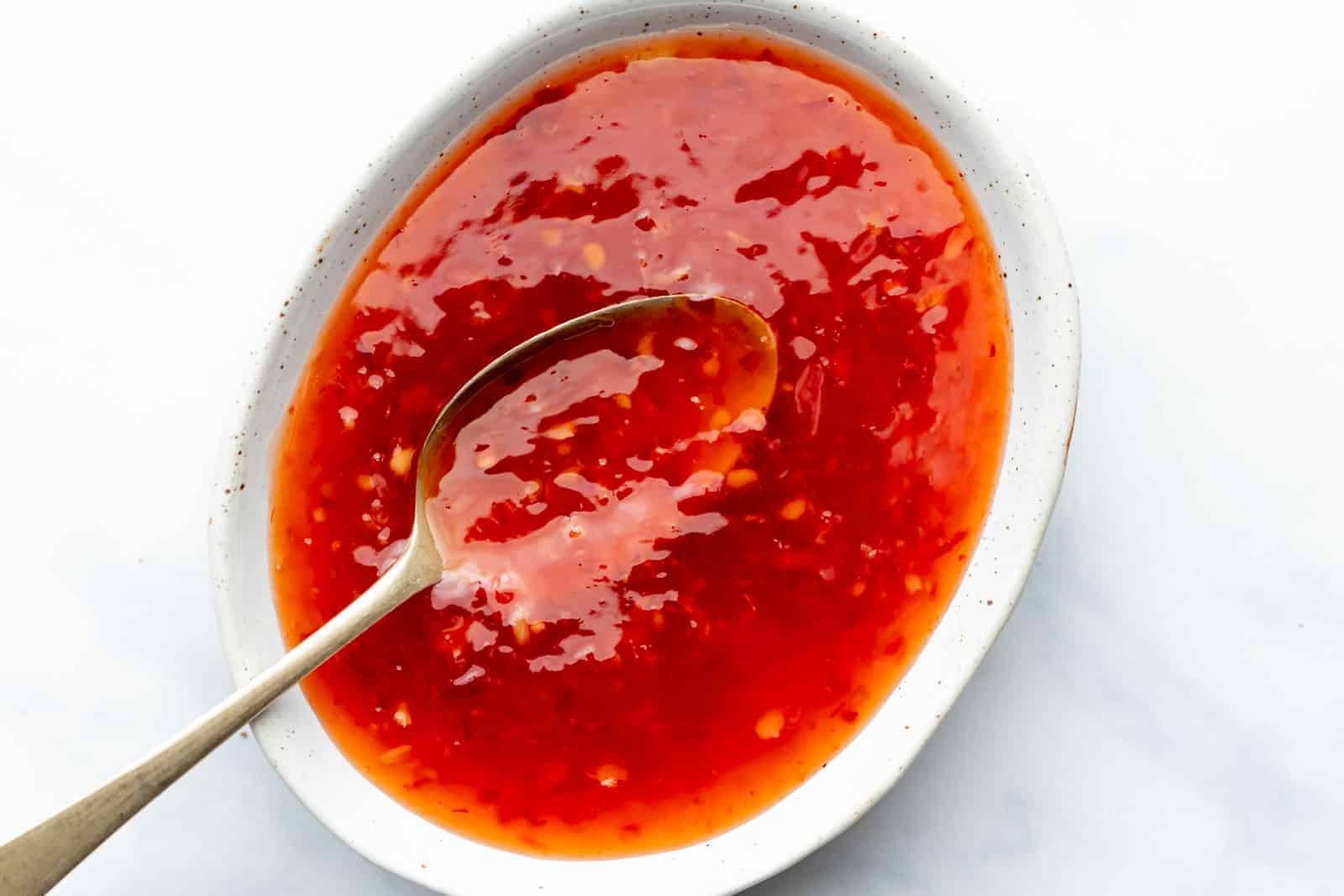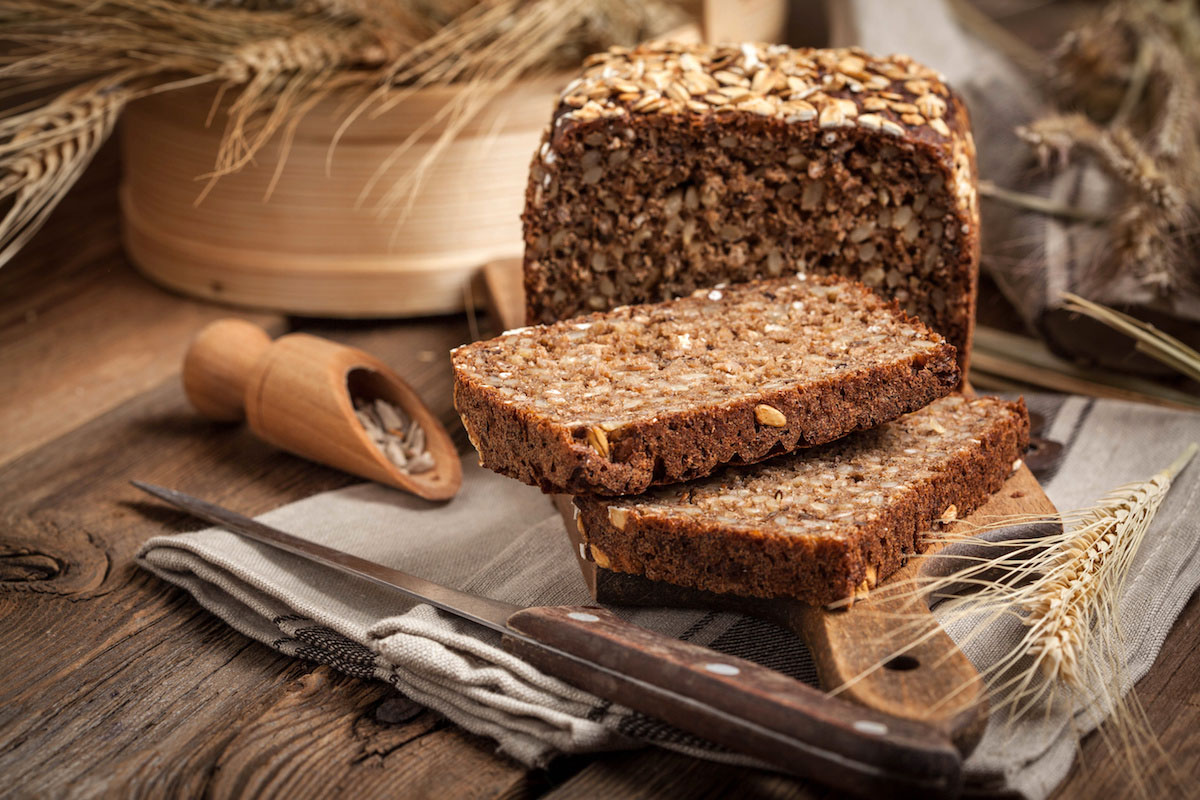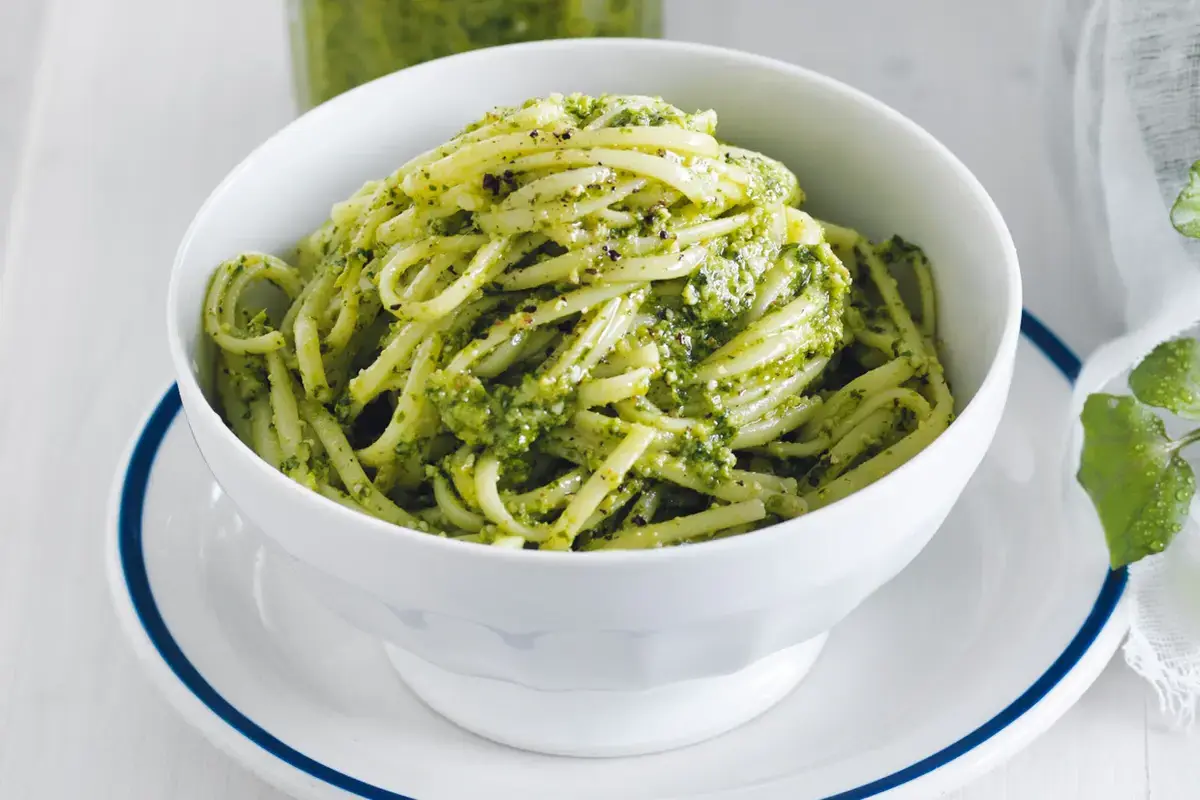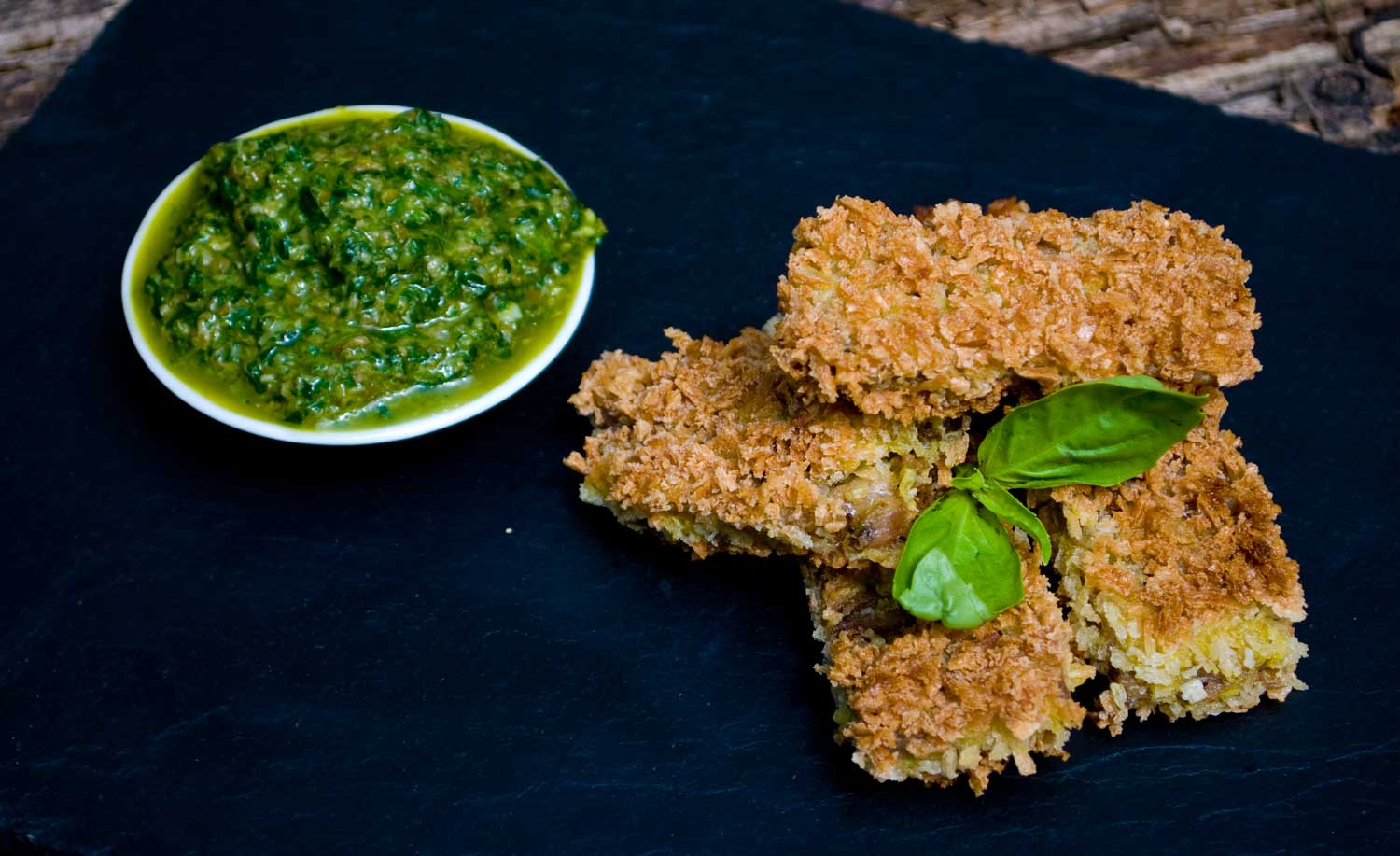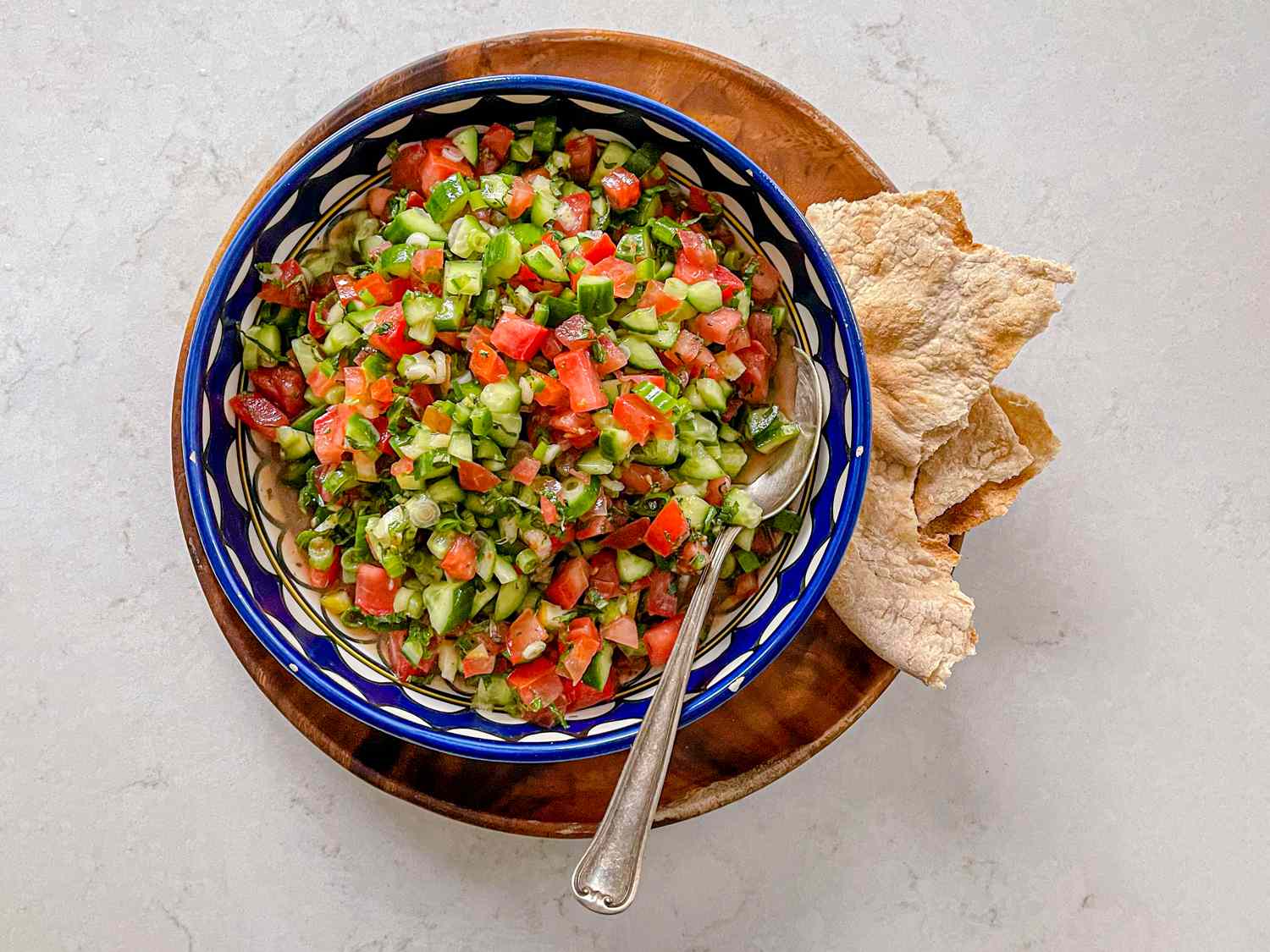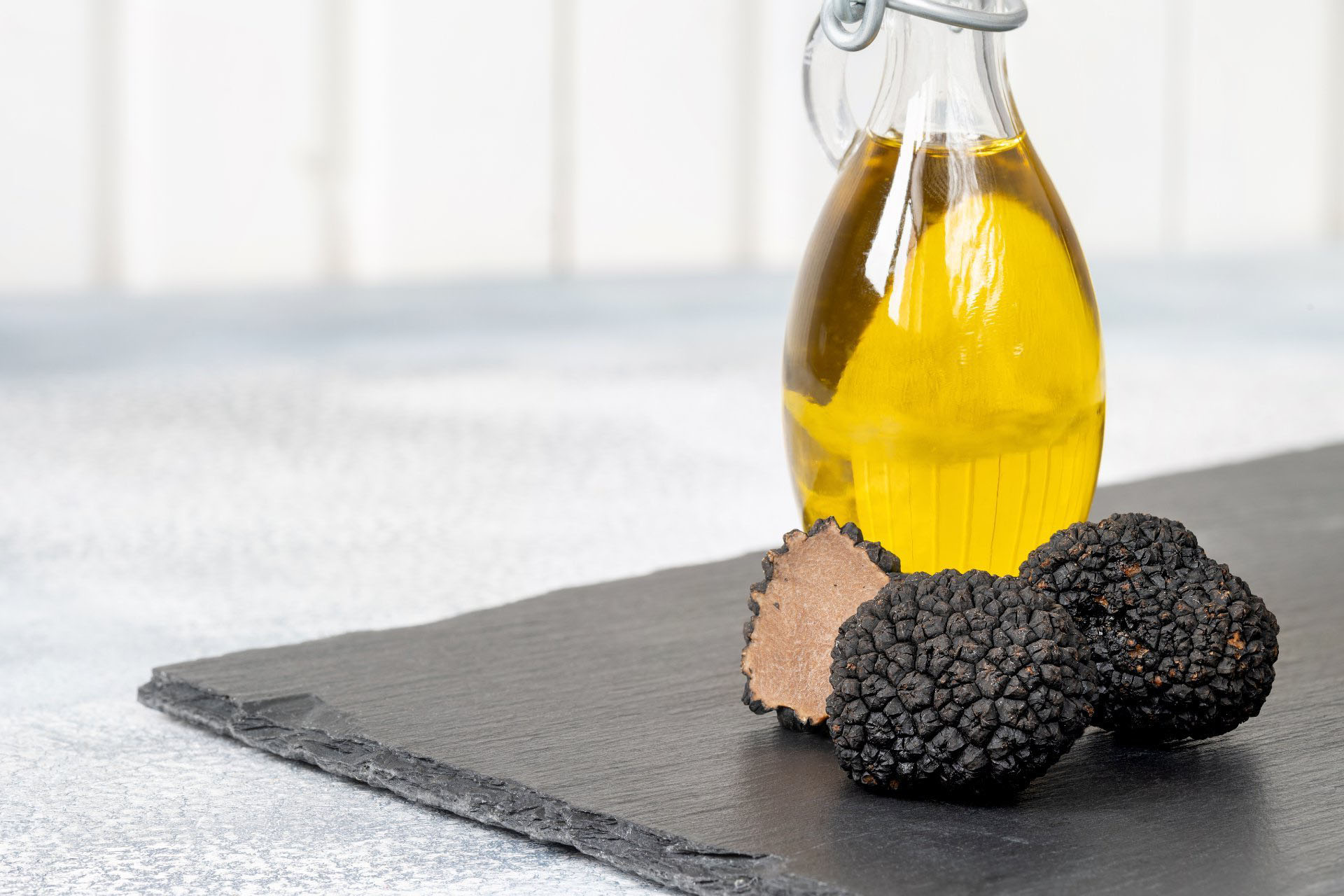Lutefisk is a traditional dish that holds a special place in the hearts of many Scandinavians. This unique delicacy has a long history and is often enjoyed during the holiday season. If you're curious about this intriguing dish, you've come to the right place. In this article, we'll explore what lutefisk is, its origins, and how it's prepared.
What Is Lutefisk?
Lutefisk is a traditional dish that originates from the Nordic countries, particularly Norway and Sweden. It is made from aged stockfish (dried whitefish, typically cod) or dried/salted whitefish and lye. The name "lutefisk" is derived from the Swedish words "lye" and "fish," which accurately describes the dish's primary ingredients.
The History of Lutefisk
Lutefisk has been a part of Scandinavian cuisine for centuries. Its origins can be traced back to the time when preserving fish was essential for survival during long, harsh winters. The process of making lutefisk was a way to ensure that fish could be stored and consumed throughout the winter months.
How Is Lutefisk Made?
The preparation of lutefisk is a unique and time-consuming process. Here's a brief overview of how it's made:
-
Rehydration: The dried stockfish is soaked in cold water for several days to rehydrate and remove excess salt.
-
Lye Treatment: Once rehydrated, the fish is soaked in a water and lye solution for several days. This process is crucial for transforming the fish into the gelatinous texture that lutefisk is known for.
-
Rinsing and Soaking: After the lye treatment, the fish is rinsed thoroughly to remove the lye. It is then soaked in a water bath for an extended period to further reduce the lye content and rehydrate the fish.
-
Cooking: The lutefisk is then cooked by either boiling, steaming, or baking until it reaches a jelly-like consistency.
Serving Lutefisk
Lutefisk is often served with a variety of accompaniments, including butter, white sauce, bacon, peas, and potatoes. It is typically enjoyed during the holiday season, particularly around Christmas time, and is a cherished part of many Scandinavian families' traditions.
The Taste of Lutefisk
The taste of lutefisk is often described as mild and slightly sweet, with a gelatinous texture that is unique to this dish. While it may not be to everyone's liking, lutefisk holds a special place in Scandinavian culinary heritage and continues to be enjoyed by many who appreciate its cultural significance.
Conclusion
In conclusion, lutefisk is a traditional Scandinavian dish with a rich history and a unique preparation process. While its distinctive taste and texture may not appeal to everyone, it remains an important part of Nordic culinary traditions. Whether you're intrigued by its cultural significance or simply curious about trying something new, lutefisk is undoubtedly a dish that sparks conversation and piques the interest of food enthusiasts around the world.
Was this page helpful?
Read Next: What Is A Pellet Smoker?


